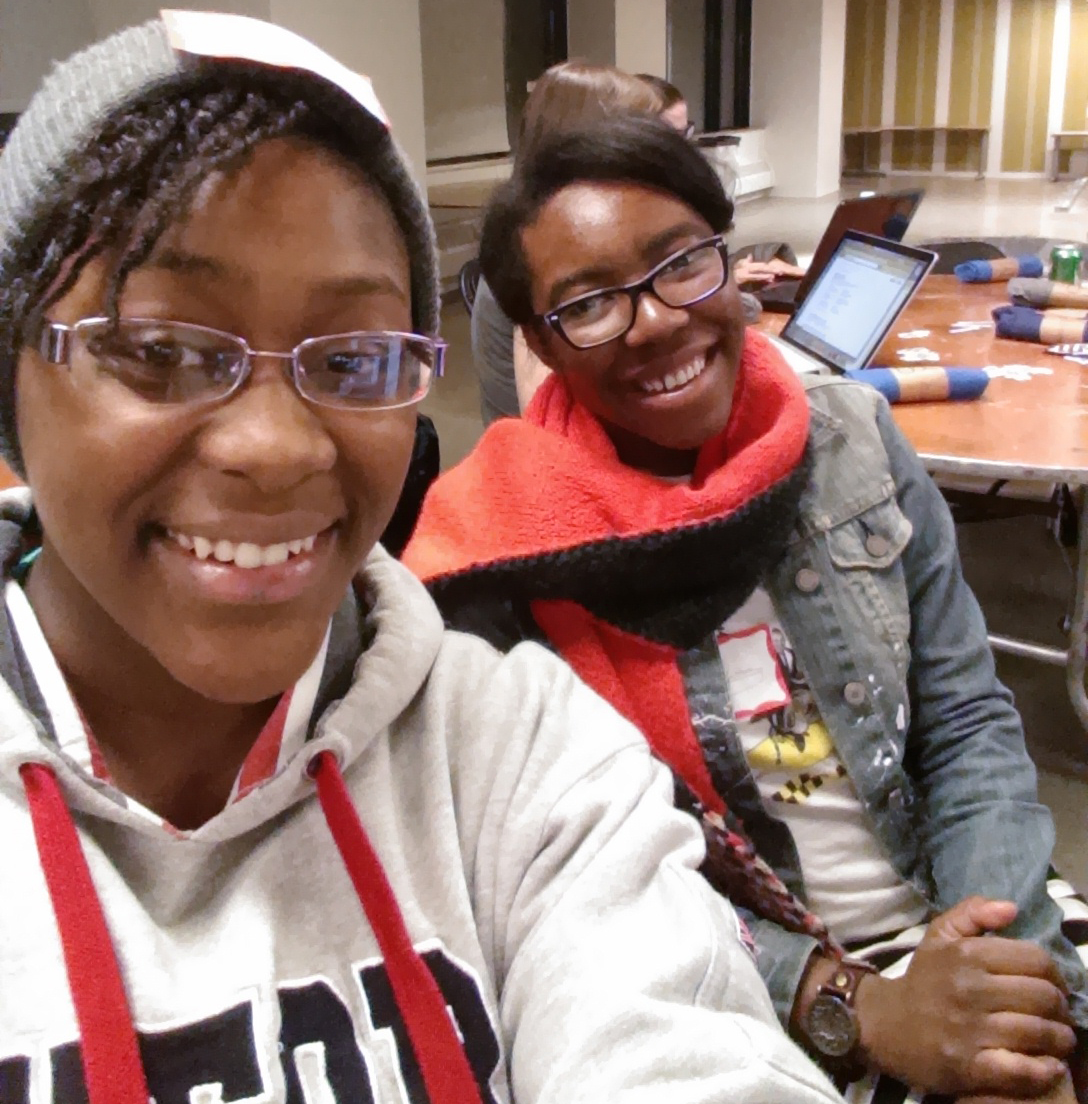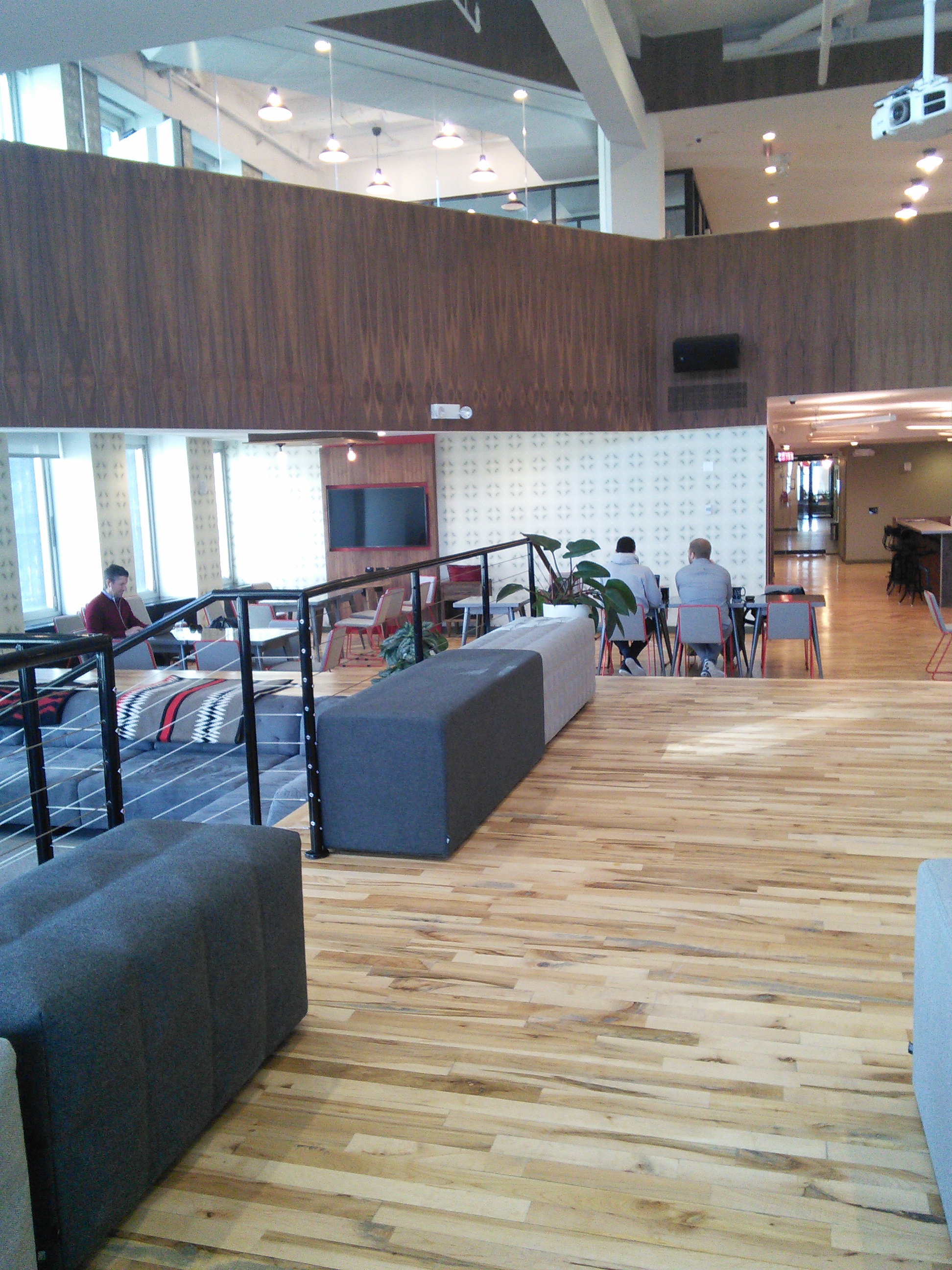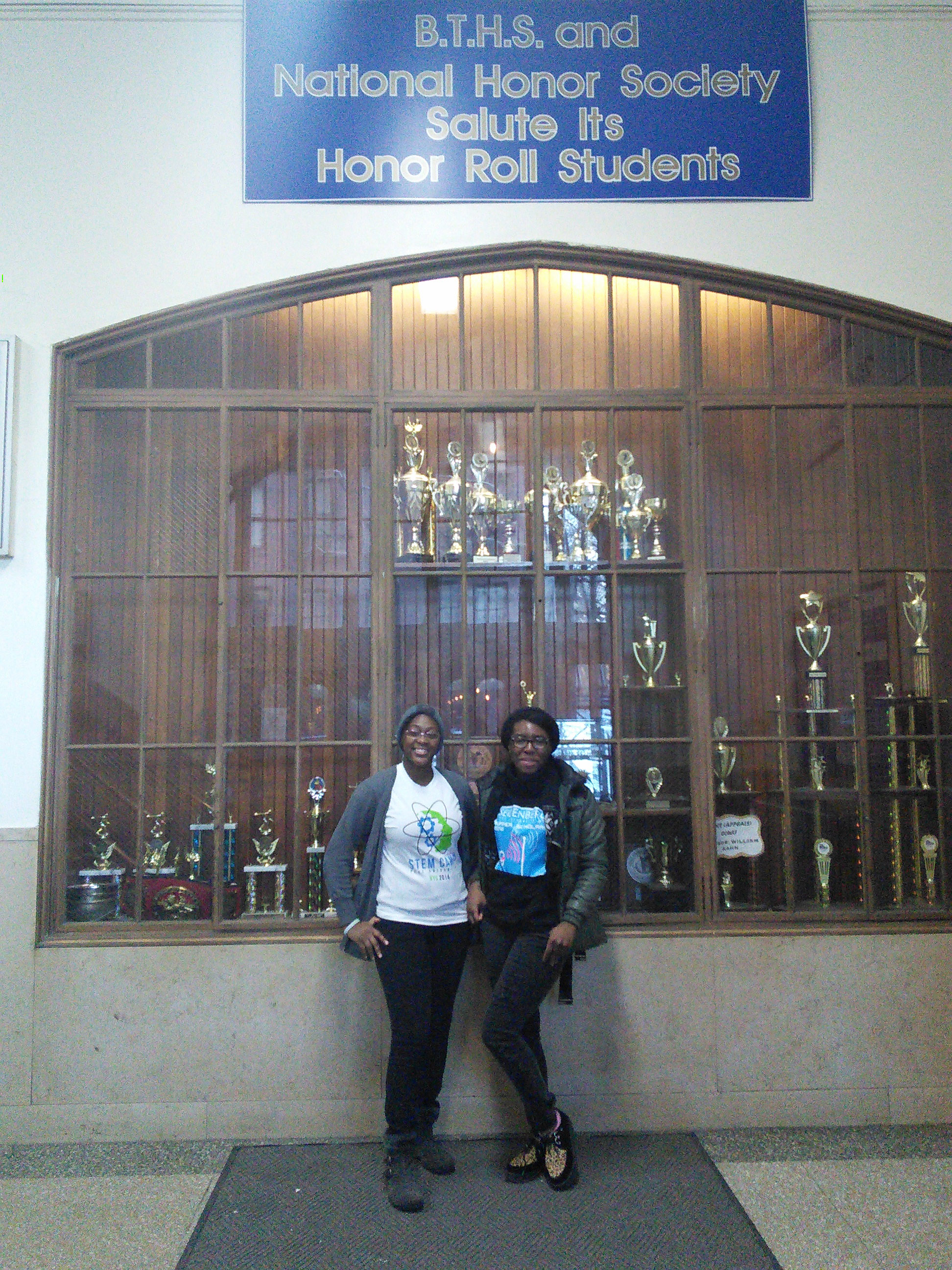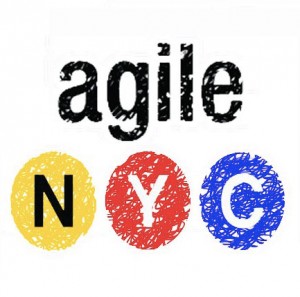
Virtual Reality is riding on the latest boom in the technology sector, and one way Seidenberg is keeping up with the ever-growing community is through Meetups. These Meetup communities and events are an excellent resource for exchanging information, ideas, and joining forces with other trendsetters in the field. Just last week, Seidenberg CS graduate student Harpreet Wasan and CS PhD student Avery Leider attended the most recent New York Virtual Reality (NYVR) Meetup to interview some of the leaders there to see what’s new and improving in the VR scene.
One person Avery and Harpreet were eager to speak with was Eric Greenbaum, an original founder and organizer of the NYVR and NYVR Developers Group MeetUps. Greenbaum works as a patent attorney, entrepreneur, and start-up consultant, and has also been active as a ‘Virtual Reality Trailblazer‘ since seeing the 1992 movie Lawnmower Man, in which the main character becomes a genius through VR technology used to augment his intelligence. And although Lawnmower Man may not be the best advocate for convincing the world of the usefulness in VR technology — there is definitely an allure to VR’s range of possibilities! In fact, Greenbaum believes that with the introduction of the Oculus Rift, “VR is poised to take the tech world by storm.”
Harpreet and Greenbaum talked about the current expansion in the VR industry:
Harpreet: From the time you started with Virtual Reality, how far has VR come?
Greenbaum: The VR industry has grown a lot, since 2012 until now, from being essentially nonexistent to being one of the world’s most exciting technology platforms — kind of like the Internet. I think it is important to recognize that before the recent excitement, there were people working on industrial VR for the last 20 years. So there has been this whole movement, bubbling beneath the surface, of really dedicated scientists and engineers working on VR since the 90’s. It wasn’t until the cell phone industry drove down prices on screens and inertial measurement devices that enabled accessible VR for the masses. So, how has it changed? It changed from like 7 people in the grimiest co-working space in midtown to like 1500 people [in the NYVR MeetUp], and we’re packing out Microsoft on a monthly basis.
H: What’s the most interesting thing you’ve seen in VR?
G: The social VR is the most exciting; you saw some of it [at this MeetUp] and it is a little bit primitive, but it holds a promise to change the way we interact with each other. Imagine being able to sit in a virtual space with your friends from around the country or around the world and share and watch a movie or play chess or have that feeling of being together in a space. It’s really powerful and I think it’s going to change everything.
H: So, there are students at Pace University that are interested in getting into the VR industry – what advice can you give them to get started?
G: If you want to get into VR, the most important thing is to have an idea. What do you want to build? Before you start to think about what concrete skills you need to build it, spend some time thinking about what unique characteristics VR can bring to the table and how can I use that to do something amazing? Once you think about your idea, the tools that are available are really accessible. For example there is a program called Unity, which is a go-to tool to build a VR experience, and even if you have no programming experience at all – no gaming experience at all – if you sit down and spend a few hours with Unity you can make strides and build things. As someone who two years ago had zero experience, the experience of sitting down and building a space and then entering it in a virtual way, was one of the most transformative technology experiences I’ve ever had. If you haven’t done it, do it. Unity is free – there’s no reason to not do it.
For more information about the Virtual Reality scene, stay tuned for other interviews we’re conducting with various members in the field! You can also head over to Eric Greenbaum’s blog to see what VR topics he’s currently discussing. Lastly, don’t hesitate to get going on the Meetup trend. There are a bunch of events coming up in the city, so let us know on Twitter (@pace_seidenberg) when you’re going!







